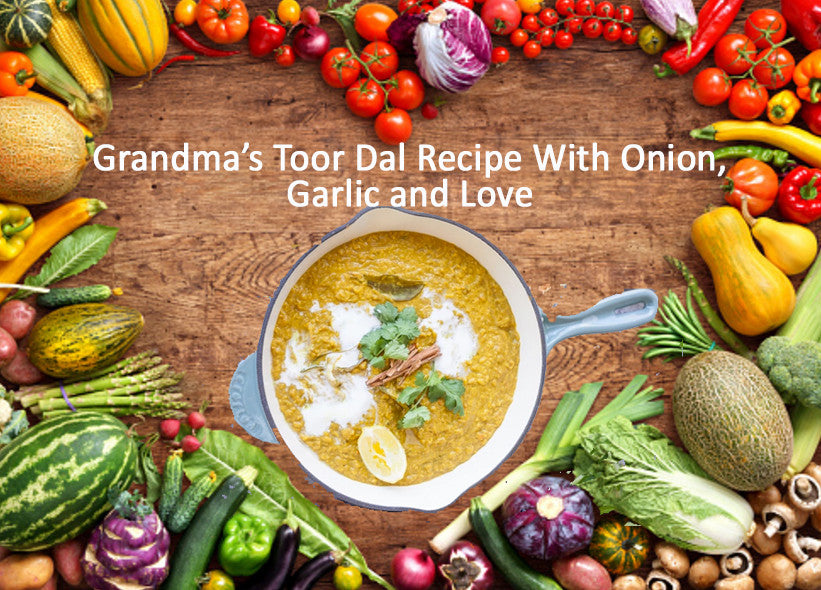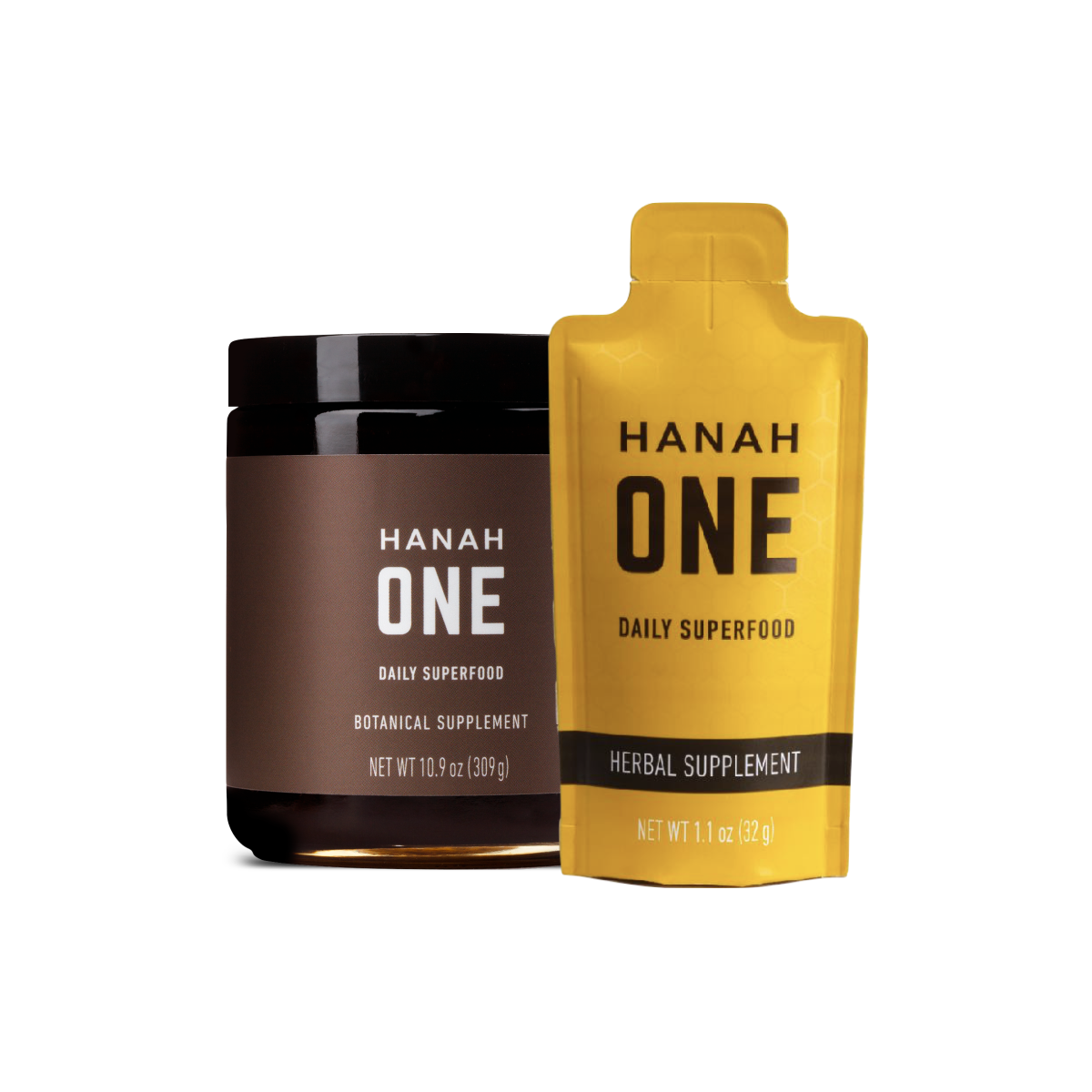Ayurveda in our kitchen—cooking with love on Valentine's Day

The shared secret ingredient in all of our grandmothers’ dishes that we so fondly remember is love. Love is the magical thing that enhanced each of the five flavors and separated those most memorable meals. LOVE is truly the special sauce.
This February we want to take a moment to discuss our love, and sometimes hate, relationship with food and how to eat mindfully while really listening to our bodies.
We as a species today are obsessed with diets; diets that only work for short periods of time or not at all. We’ve tried on paleo, vegan and juice cleanses… but there is no silver bullet. This has led to an unbalanced obsession in our quest for the holy grail of health.
Food as Medicine
That is, food as medicine, is no longer the norm. But, as a generation, we are always looking for extras to give us the edge. It is now a given that in order to maintain long-term health, there are additional elements that need to be included in your diet, be it bone broth, wheat grass or countless others. Sometimes our relationship with food can trend more negative rather than one of nourishment, health, and memories, helping one thrive and get the most happiness possible out of life.
We need to remember to listen to our bodies again. We have trained ourselves to stifle every craving, not thinking for a moment that these unique cravings might be a sign that our body may actually be missing something from its diet. We have many preconditioned beliefs about what goes into our body—fat is bad, sugar is bad, carbs are bad. This has started dictating all our meal choices. We don’t give our body’s intuitive ability any credit. We need to love our bodies again.
Eating Ayurvedically
According to Ayurveda, food intake in the summer months should include foods with a lot of water content like cucumber, yogurt and squash. In the winter, it should include more fat, sugar and heartier vegetables. This is to provide the body the extra fat needed and the warmth required to nourish both physically and mentally. No one-size-fits-all approach works with food or for every unique individual.
It is just as important in Ayurveda to eat quality, whole foods seasonally, as it is to eat mindfully. We live in an era where the scarcest resource is time. Food today is packaged for grab-and-go, and that has taken away from the notion of being present and being mindful of what we are eating. Do we really taste and relish what we eat? Eating slowly, focusing on the taste, smell, and texture really help register the food. It also keeps you satiated and helps avoid overeating. Eating mindfully helps you realize the response of your body to each type of nourishment.
Tasting every bite and bringing our mind to the moment is as important as what we are putting into our bodies.
Eating with gratitude and awareness, knowing what you are eating and where it comes from, and understanding the love and effort that has gone into growing, gathering, and preparing it goes a long way in nourishing our body and soul. Tasting every bite and bringing our mind to the moment is as important as what we are putting into our bodies. This does not come naturally to us today, but it should be a deliberate attempt to discover the joy of delicious food, the pleasure of the process and the beauty in the simple things that give us nourishment. That give us life.
Practicing mindful eating will return us to loving our food and the process of creating and gaining nourishment from our food. And that is probably what our grandmas understood so well, and why those meals are linked directly to such loving memories.
For this Valentine’s Day, let’s forego the greeting cards and overpriced flowers and take a moment to truly celebrate the mindfulness of love and the love that goes into making great food. The food of our grandmas. The food of memories. The food of great health.
Here is a recipe from my grandma that always comforts me with warmth and love.
Got something to add? Please do so in the comments below or love the post on Facebook.
Toor Dal with Onion and Garlic Recipe
- 2 cups split pigeon pea soaked for at least 2 hours but overnight is better
- 2 inch piece dried tamarind
- 2 small chopped onions
- 2-3 chopped medium tomatoes
- 4-5 cloves of chopped garlic
- 3 tablespoons vechur ghee (clarified butter)
- 2 tablespoon cumin seeds
- 2 dried whole chilies broken into pieces
- 1 teaspoon turmeric powder
- A pinch of heeng (Asfoetida)
- Salt for boiling
- Cilantro to garnish
Soak the lentils in water for at least 2 hours. Take a heavy pot and add the lentils with 6 cups water. Add salt, turmeric and tamarind. Bring it to a boil. Lower the heat to medium and cook covered for 45 - 60 minutes. Alternatively, you can cook it in a pressure cooker.
Once it's soft and mushy put the pot on simmer. Heat ghee in a small pan. Once very hot add the cumin, heeng and dry chilies. Be careful as it may splatter. Add chopped garlic. Let it change color to red and add the onions. Cook the onions till light brown. Add tomatoes. When the tomatoes are soft, add the mixture to the lentils. Serve hot! Garnish with cilantro.







Leave a comment
This site is protected by hCaptcha and the hCaptcha Privacy Policy and Terms of Service apply.